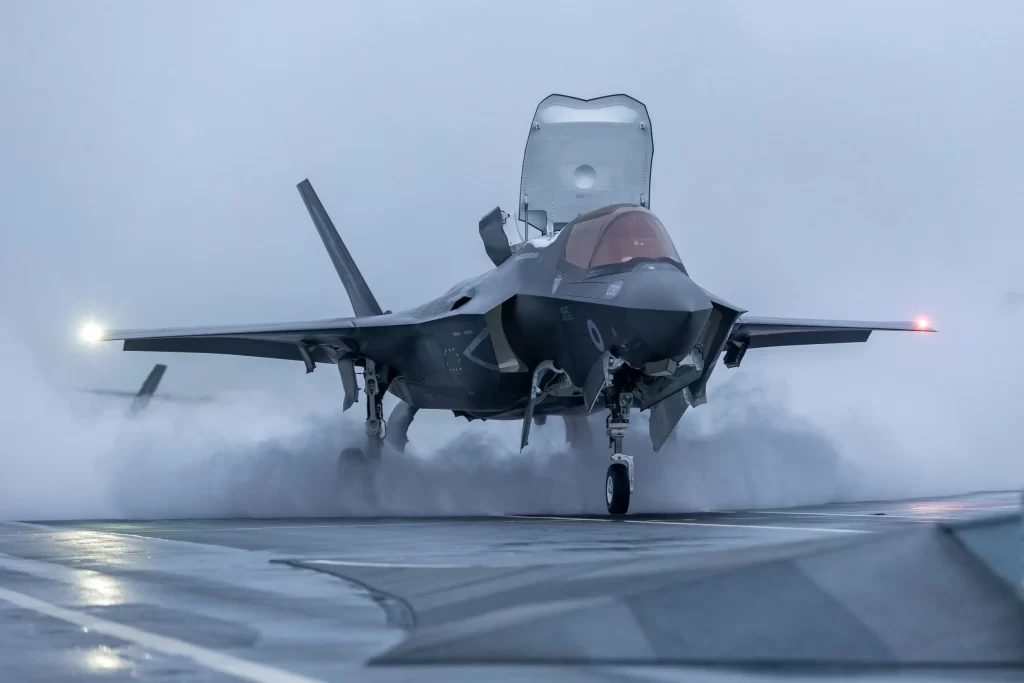Japan announced plans to test F-35B stealth fighters on its new destroyer-turned-aircraft carrier.
The testing, supported by the US Navy, will happen in October and November.
It’s the latest milestone in ongoing US-Japanese cooperation on F-35s and flattops.
F-35 Lightning II stealth fighter jets are going to be tested aboard Japan’s newly modified destroyer-turned-aircraft carrier with the US military’s help.
It’s a notable moment, as it appears to be the first such test since the modifications wrapped earlier this year, and it’s the latest signal of continued US-Japanese coordination on the strengthening of Japan’s naval forces.
The developmental tests, which will take place from October 5 to November 18, were announced by Japan’s Maritime Self-Defense Force on Tuesday. The main objective is “to collect the data necessary for ship-based operation of F-35B on IZUMO-class vessels,” specifically short-take off and vertical landing of F-35B jets.
The JMSDF said that the testing would occur on the JS Kaga, Japan’s new light aircraft carrier, with support from US forces off the coast of San Diego.
The Kaga just recently finished its conversion from a helicopter carrier vessel to a flattop capable of launching and recovering F-35s, with Japan confirming the completion of the upgrades back in April.
Another helicopter carrier, the lead-in-class Izumo, is also being modified to carry F-35 jets. The ship previously hosted two US Marine Corps F-35Bs in October 2021 for flight operations. Once both vessels have been fully certified with the jets, Japan will have a naval capability it hasn’t had since World War II.
The Kaga looks similar to the US Navy’s big-deck amphibious assault ships, which the US has previously explored using as so-called “lightning carriers,” smaller, lighter warships with flight decks that’re designed for F-35Bs.
One of the more recent examples of this concept is USS Bataan, an assault ship that recently entered maintenance to undergo modifications to carry F-35s after departing from combat against the Houthis in the Red Sea.
For Japan, the capability to carry its own F-35Bs — or the US’ — on its flattops could be useful amid tensions in the Indo-Pacific region, particularly from a continually aggressive China.
The US and Japan are increasingly engaging in close military cooperation directly related to deterring China’s hostile actions in the East and South China Seas.
There have been conversations about potential Japanese involvement in the trilateral Australia, UK, and US partnership known as AUKUS. The US also regularly conducts joint exercises with Japanese forces and has worked with Japan on defense technology, such as missile defense interceptors.



